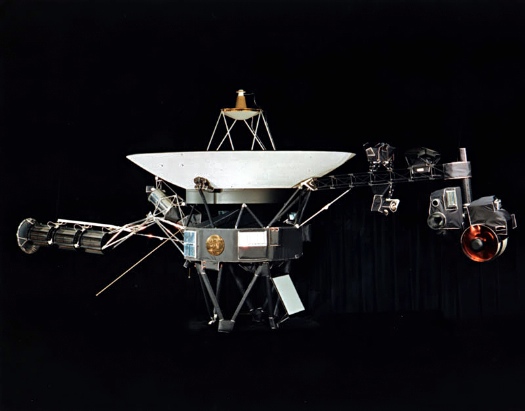

In a free market, supply follows demand. But in the helium market, regulations set price and production, and with good reason. Helium gas—essential for MRIs, rockets, and space telescopes—is a limited resource. Radioactive elements in Earth’s crust emit helium, which gets trapped in natural-gas fields, and we then extract it—or let it escape as we burn the gas. Until recently, the U.S. made most of the world’s refined helium. Now it’s a global game. Here’s a history of the price, world production, and rising power of helium.


CORRECTION: An earlier version of this graphic mislabeled the values on the horizontal scale, including the location of the zero point. The horizontal axis range should read -2 to 6 billion cubic feet, not 0 to 4 billion cubic feet.
This article originally appeared in the August 2013 issue of Popular Science_. See more stories from the magazine here._


![Your Autumn Guide To Apples [Infographic]](https://www.popsci.com/wp-content/uploads/2019/03/18/55GXDZET7F26UT3JPEILEBGZ7Y.jpg?w=556)



